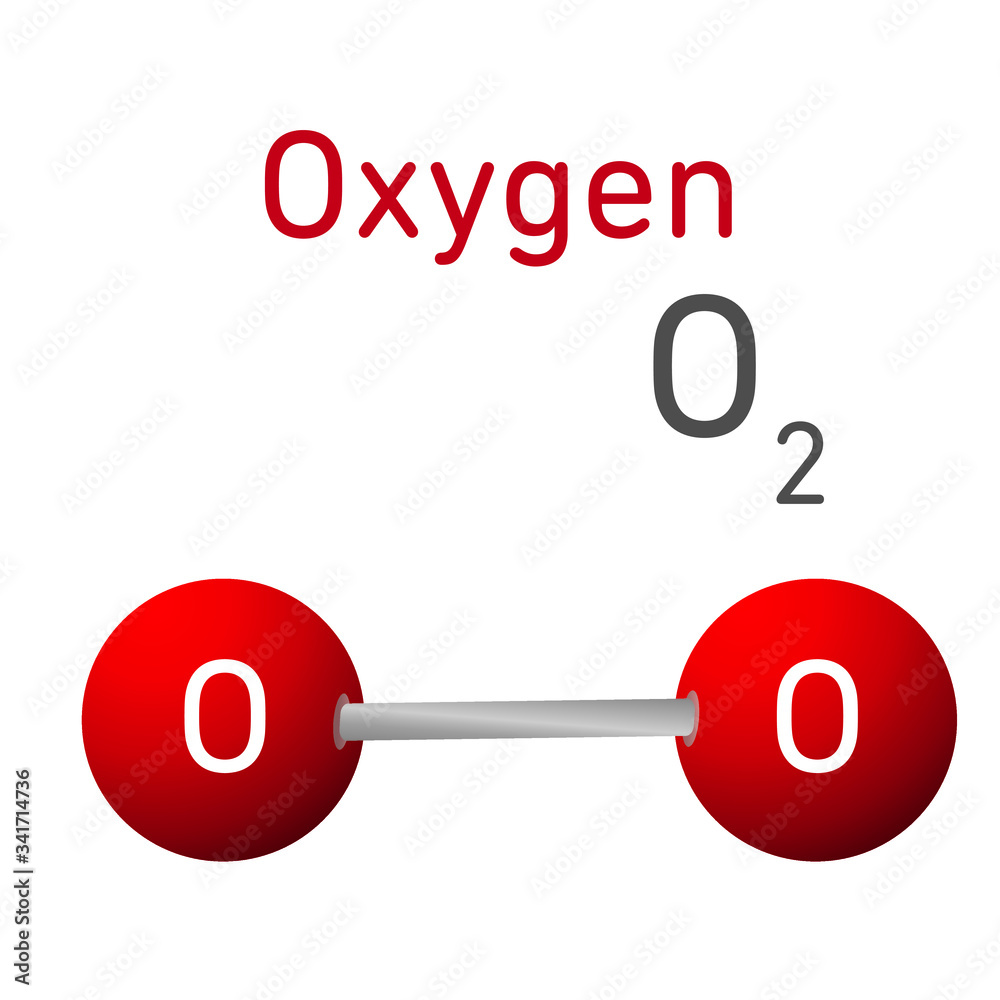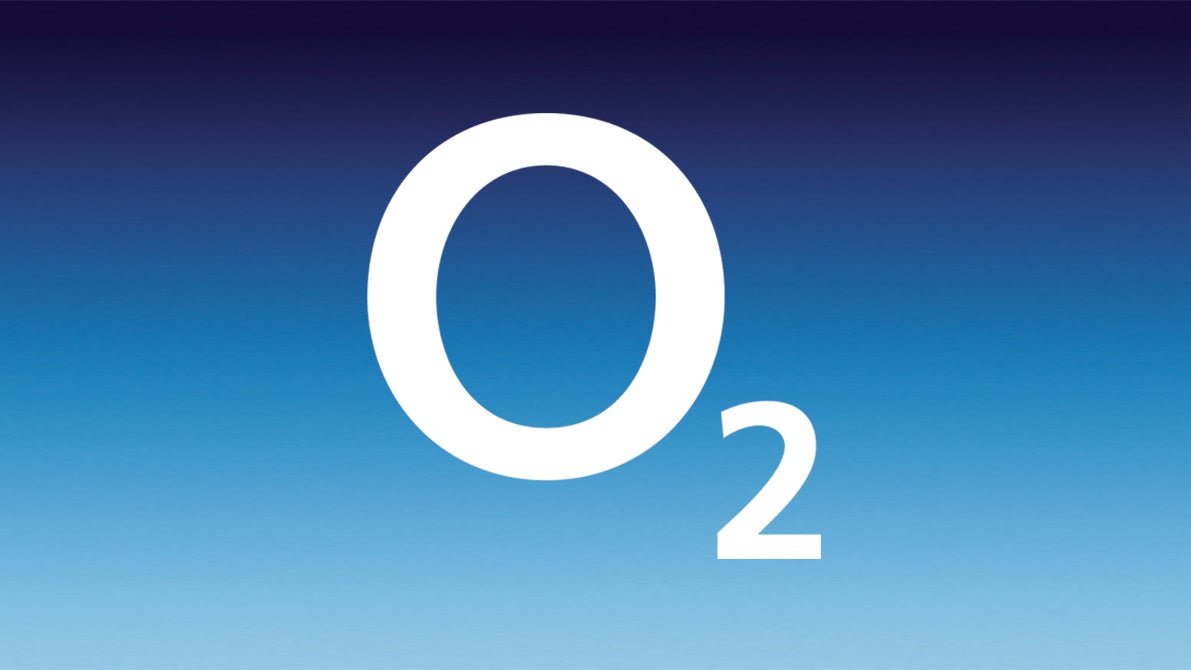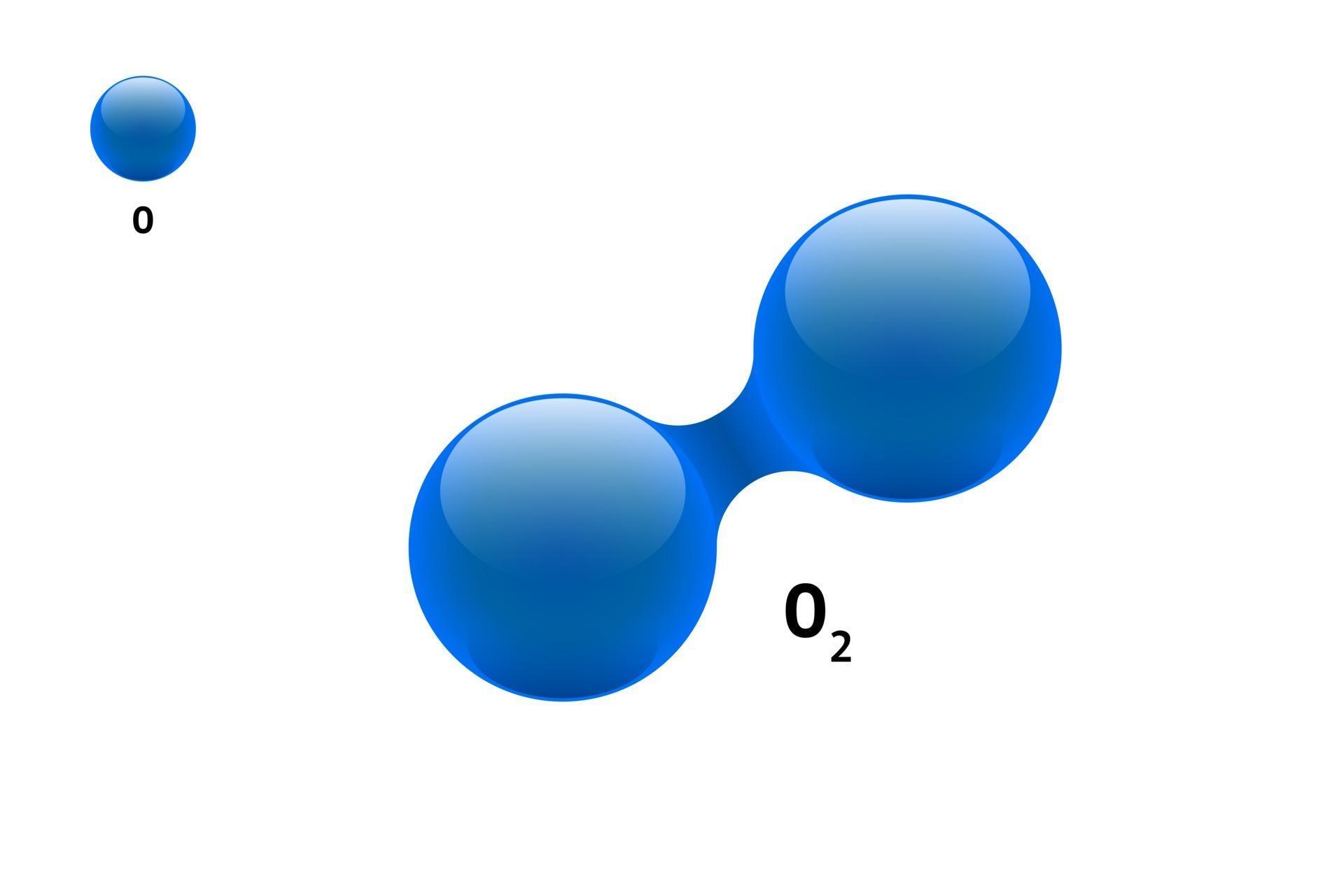**O2 TV Series**: Your Burning Questions About Oxygen, Answered!
Have you ever stopped to really think about oxygen? It’s everywhere, right? We breathe it, it helps things burn, and it’s just a vital part of our world. But, you know, sometimes the simplest things hold the biggest mysteries, and oxygen, or rather the
So, what’s the big deal with this common gas? Well, people often have very specific questions about it, almost like a series of intriguing episodes in a fascinating science show. We’re talking about everything from why it’s called oxygen in the first place, to how it behaves in reactions, and even what’s happening at a super tiny, atomic level. It’s a pretty rich topic, and there’s always something new to learn.
Today, we’re going to tackle some of those interesting inquiries about oxygen, specifically the
Table of Contents
- The Curious Case of
O VersusO2 - Oxygen and Its Many Reactions
- Oxygen at the Molecular Level: MO Diagrams and Beyond
- What's Next for Your O2 Journey?
The Curious Case of O Versus O2
One of the first things that often puzzles people when they are learning about chemistry is the difference between symbols like
Then, we have
Why O2 is What We Call Oxygen
You might wonder, if
- Sorteo Copa Del Rey
- Asu Prep Digital
- Craig Mcdonald Minnesota
- Write Alhamdulillah In Arabic
- Chico Bento E A Goiabeira Maraviosa
Understanding 2O Compared to O2
This is another interesting point that can cause a bit of head-scratching. We just talked about
On the other hand,
Oxygen and Its Many Reactions
Oxygen is known for being quite the social butterfly in the chemical world. It loves to react with other elements, forming all sorts of compounds. Its reactivity is something that often surprises people, especially when they consider it’s a stable molecule. So, let’s explore some of these fascinating interactions.
Why Diatomic Oxygen is Reactive, Even at Room Temperature
You might think that since the two oxygen atoms in
The reason for this lies in oxygen’s unique electronic structure. While it has a strong bond between its two atoms, the molecular orbital (MO) diagram for
What About the Temperature of Pure Oxygen Being Combusted?
When we talk about something "being combusted," we’re actually talking about a chemical reaction where a substance reacts rapidly with an oxidant, usually oxygen, to produce heat and light. So, you don't really "combust pure oxygen" itself. Instead, oxygen is the *fuel* for combustion; it’s what allows other things to burn. For example, if you burn methane in oxygen, the methane is combusted. The temperature reached during such a combustion reaction depends on many factors.
Factors that influence the temperature include the type of fuel, the amount of oxygen available, the pressure, and whether the reaction is contained. Different fuels release different amounts of energy when they burn, and this energy release directly impacts the temperature. For instance, burning acetylene in oxygen can produce extremely high temperatures, often used in welding, because of the high energy released by acetylene. It’s the energy released from the breaking and forming of chemical bonds during the reaction that determines the heat and thus the temperature.
Calculating Reaction Energy: Oxygen and Hydrogen
Understanding how much energy is released or absorbed in a chemical reaction is a very important part of chemistry. One way to figure this out is by looking at the bonding energies of the molecules involved. Bonding energy is basically the amount of energy needed to break a particular chemical bond, or, conversely, the energy released when that bond forms. The higher the bonding energy, the stronger the bond is.
Let's take the classic example of oxygen and hydrogen reacting to form water:
The Tricky Business of O2 and CO Interactions
When we talk about oxygen in biological systems, especially its transport in the blood, things get really interesting, and a bit complicated. Hemoglobin, a protein in our red blood cells, is responsible for carrying oxygen from our lungs to the rest of our body. It binds to
The text mentions an equation shifted towards the right, generating
Oxygen at the Molecular Level: MO Diagrams and Beyond
To truly understand why oxygen behaves the way it does, we need to look deeper, right down to its molecular orbitals. This is where quantum mechanics comes into play, and it helps us see the invisible world of electrons and bonds.
The O2 Molecular Orbital Diagram: Unpaired Electrons and the HOMO
The molecular orbital (MO) diagram for the
This
Oxygen's Diradical Nature
Building on the MO diagram, the presence of those two unpaired electrons in the
Now, you might have heard that oxygen atoms are bonded to each other through single bonds, with remaining electrons on each oxygen atom. While simplified Lewis structures might show this to account for the unpaired electrons, the MO theory provides a more accurate and complete picture of oxygen’s bonding and its diradical nature. The MO diagram shows that the two oxygen atoms are essentially connected by a double bond (one sigma and one pi bond), but then those two additional electrons sit unpaired in the antibonding pi orbitals, making it a diradical. This is why it’s so eager to react with things, especially those that can offer up an electron to pair with one of its own.
Exploring Excited State Oxygen
Molecules aren't always in their lowest energy state, called the ground state. Sometimes, if they absorb energy, their electrons can jump to higher energy orbitals, creating an "excited state." The text mentions possible term symbols for excited state oxygen with a configuration like
When electrons move to different orbitals, the molecule's properties can change quite dramatically. For instance, excited states of oxygen can be even more reactive or have different magnetic properties than ground state oxygen. Understanding these excited states is important in fields like atmospheric chemistry, where oxygen molecules can be energized by sunlight, leading to various reactions. It’s a slightly more advanced concept, but it shows the complexity and richness of oxygen’s chemistry.
Electronegativity and Oxygen's Oxidation State
Finally, let's touch on the concept of oxidation state, which is a way to keep track of electrons in compounds. The concept of oxidation state simply works on the idea of electronegativity. Electronegativity is a measure of an atom's ability to attract electrons towards itself in a chemical bond. Oxygen is one of the most electronegative elements, second only to fluorine.
Because oxygen is so good at pulling electrons towards itself, when it forms a bond with another atom (except fluorine), it typically acquires a negative charge in that bond, meaning it has a negative oxidation state. The more electronegative atom acquires a negative charge, while the less electronegative atom acquires a positive charge. This is why oxygen almost always has an oxidation state of -2 in compounds, like in water (
What's Next for Your O2 Journey?
We’ve explored quite a few intriguing aspects of the
- How To Watch Roh Wrestling
- Craig Mcdonald Minnesota
- Xcel Power Outage
- Patton Township Centre County Pa
- Kkfn 1043 The Fan

Oxygen O2 Structural Chemical Formula Model Stock Vector | Adobe Stock

O2 phones, plans, and news - PhoneArena

Chemistry model molecule diatomic oxygen O2 scientific element formula